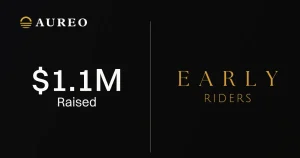- The ISO 20022 crypto-list includes compliant digital coins and tokens adhering to international standards and integrating into an innovative financial system with anticipated value surges.
- The standard’s adoption is crucial for entities seeking competitiveness, potential integration into centralized banks, and facilitating cross-border crypto payments.
Some of the top cryptocurrencies today in the market have ecosystems built around the traditional financial frameworks, yet decentralized in nature. They are further contributing to transforming the financial sector while adopting ISO 20022 compliance.
The ISO 20022 crypto-list encompasses compliant digital coins and tokens adhering to the standards set by the International Organization for Standardization (ISO) under ISO 20022. These cryptocurrencies are poised to be integrated into a novel financial system known as ISO 20022-compliant cryptocurrencies, with widespread anticipation that their value will surge upon the standard’s implementation.
ISO 20022 stands as a global protocol offering a secure and standardized framework for exchanging financial messages among organizations within the payment industry. This protocol is set to replace the aging SWIFT financial messaging system, which has served as the backbone for global payments in the banking and financial sector for the past 50 years.
The standard specifically caters to the needs of financial services organizations seeking a universally accepted messaging language. This language enables these entities to implement their business processes and collaborate seamlessly with partners on a unified platform.
Financial institutions, ranging from traditional banks to crypto companies and stock brokers, stand to gain substantial benefits from adopting ISO 20022. The protocol facilitates efficient and effective communication across diverse departments and organizations, thereby reducing costs associated with maintaining multiple communication systems.
Notably, ISO 20022’s ability to achieve interoperability between existing protocols while supporting specific financial business processes positions it as a highly advantageous choice for any company involved in financial services.





















